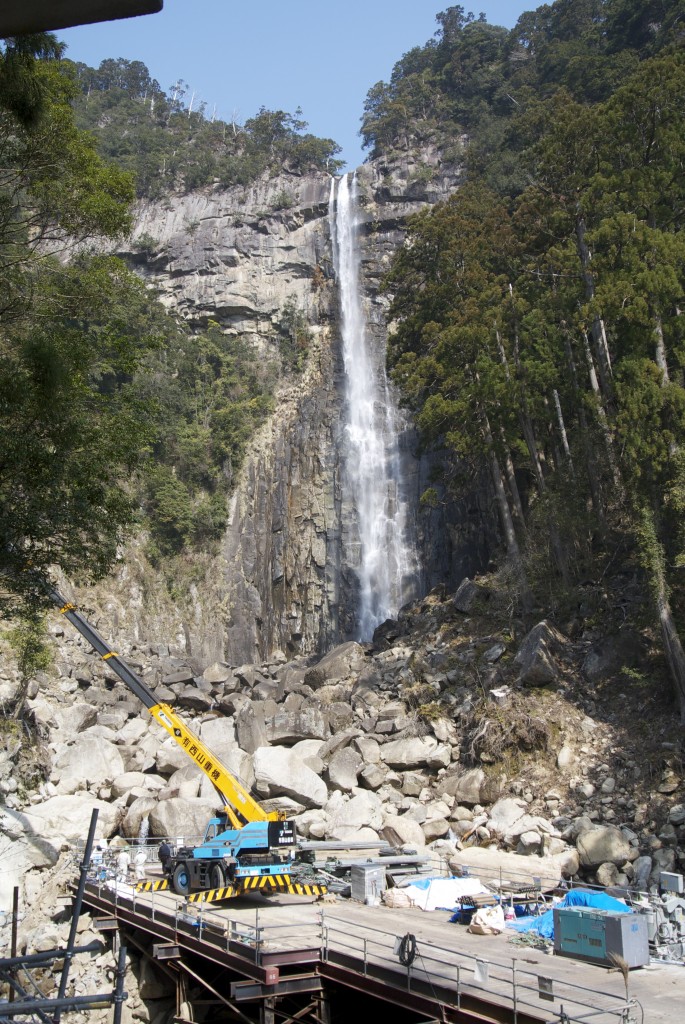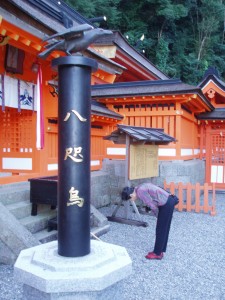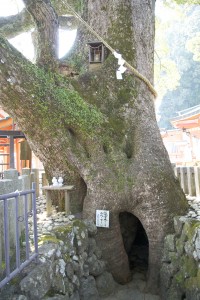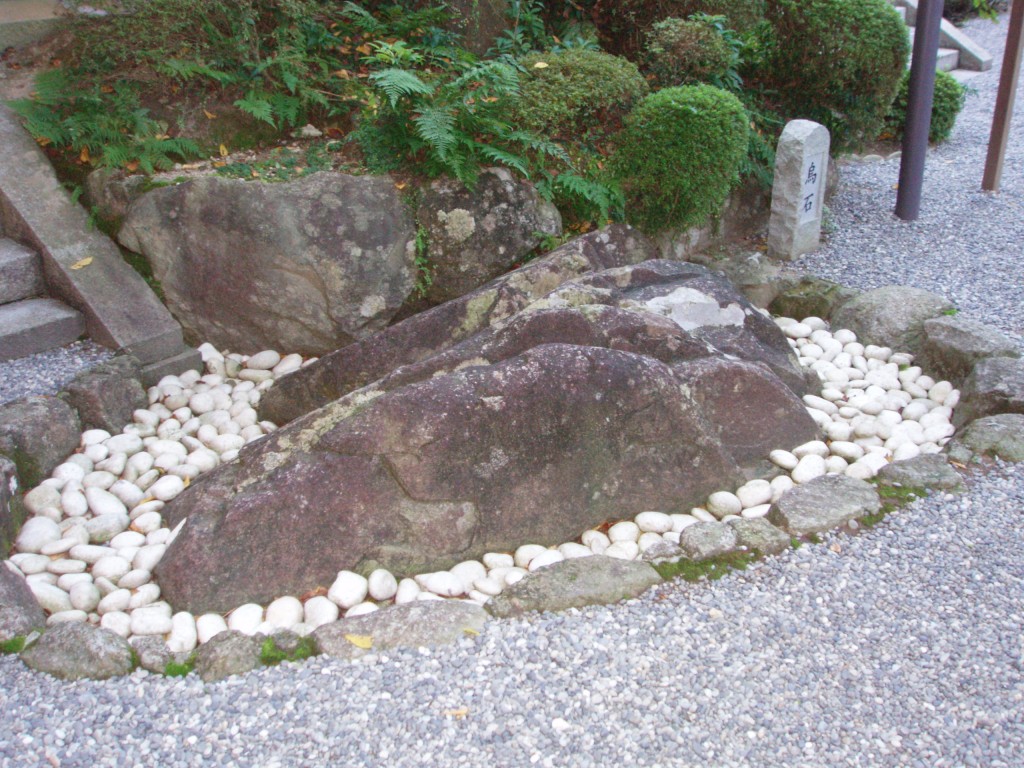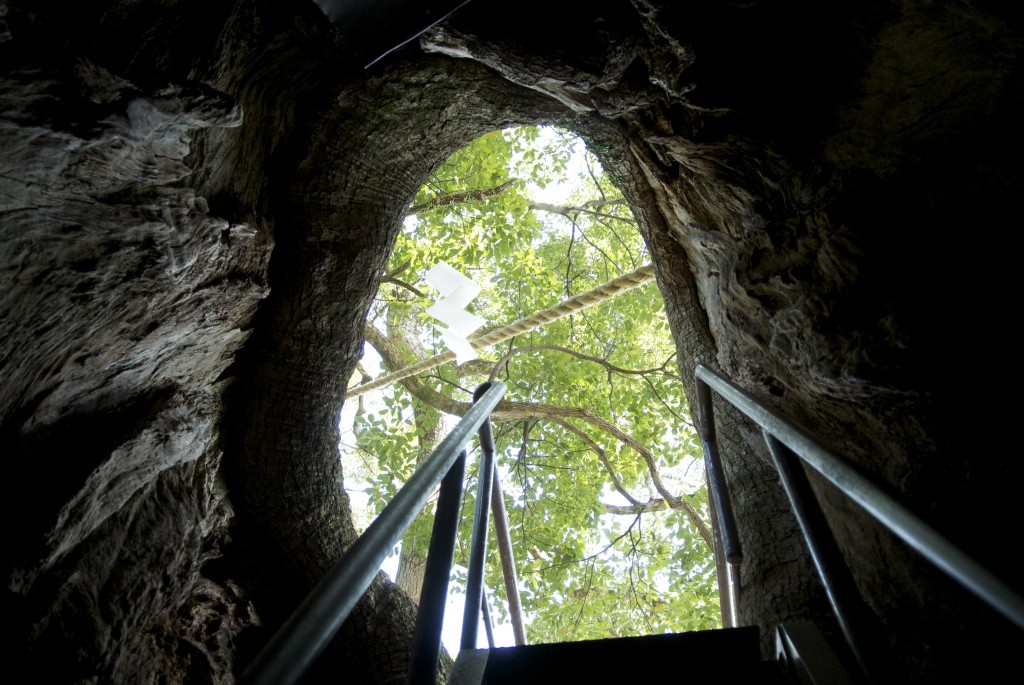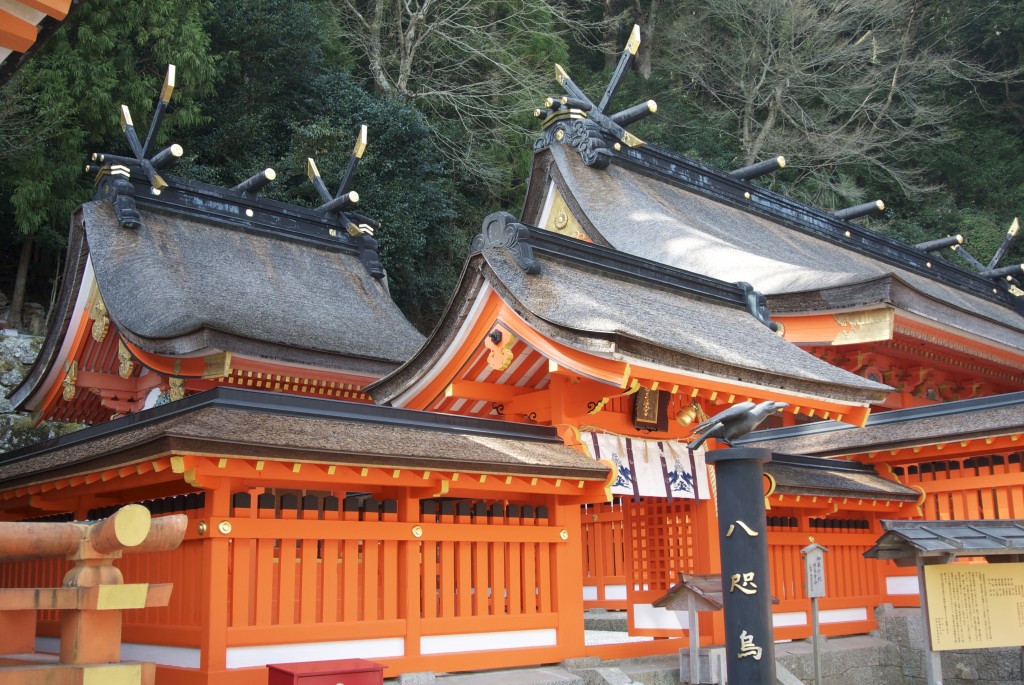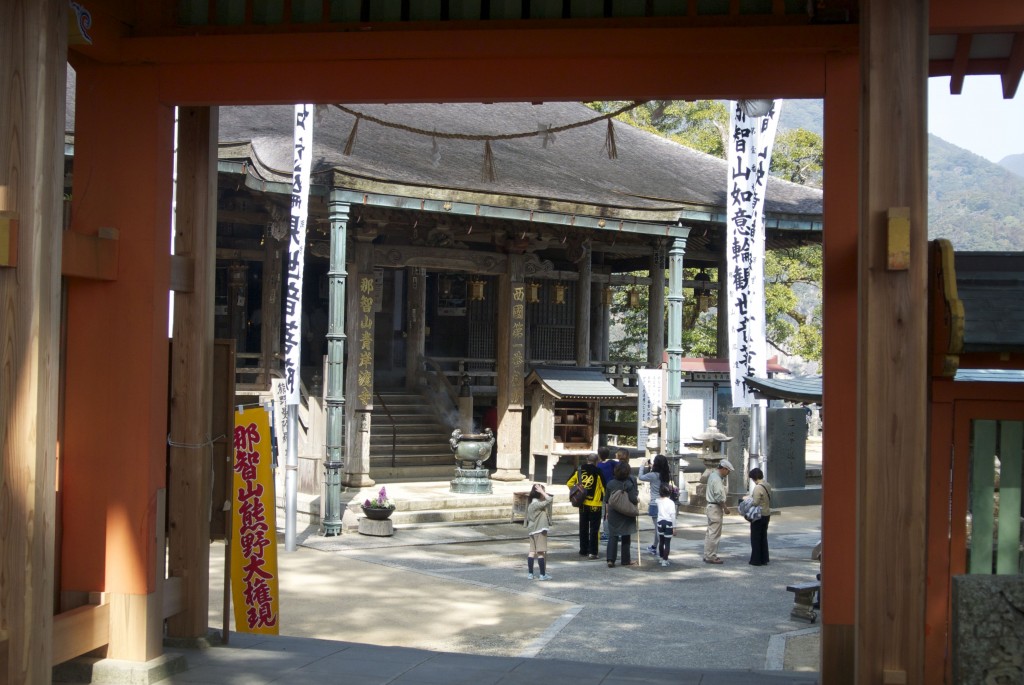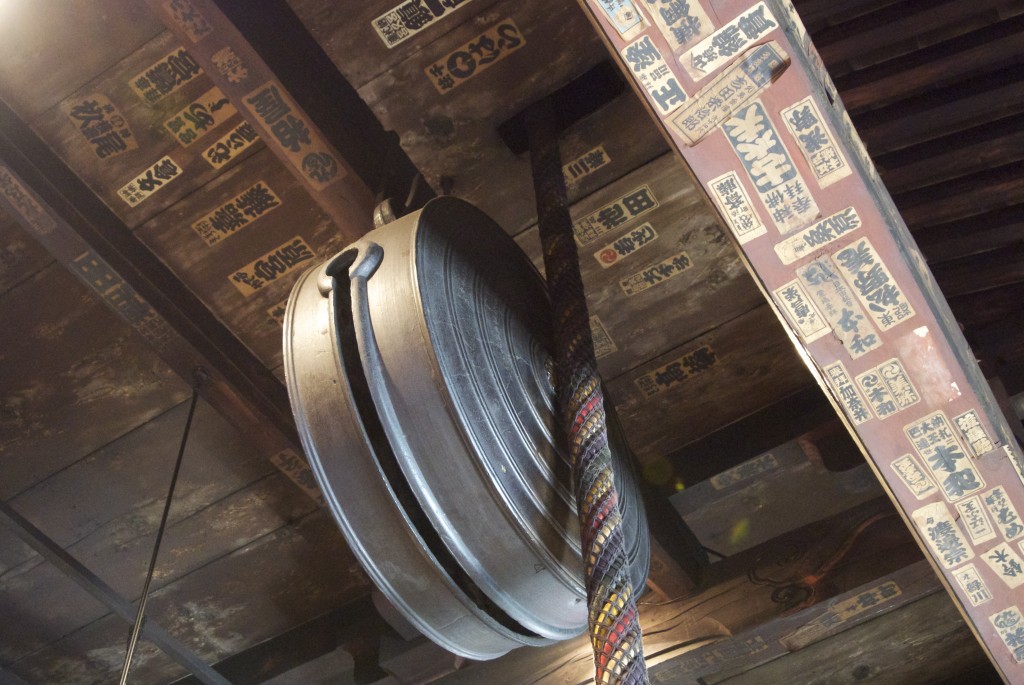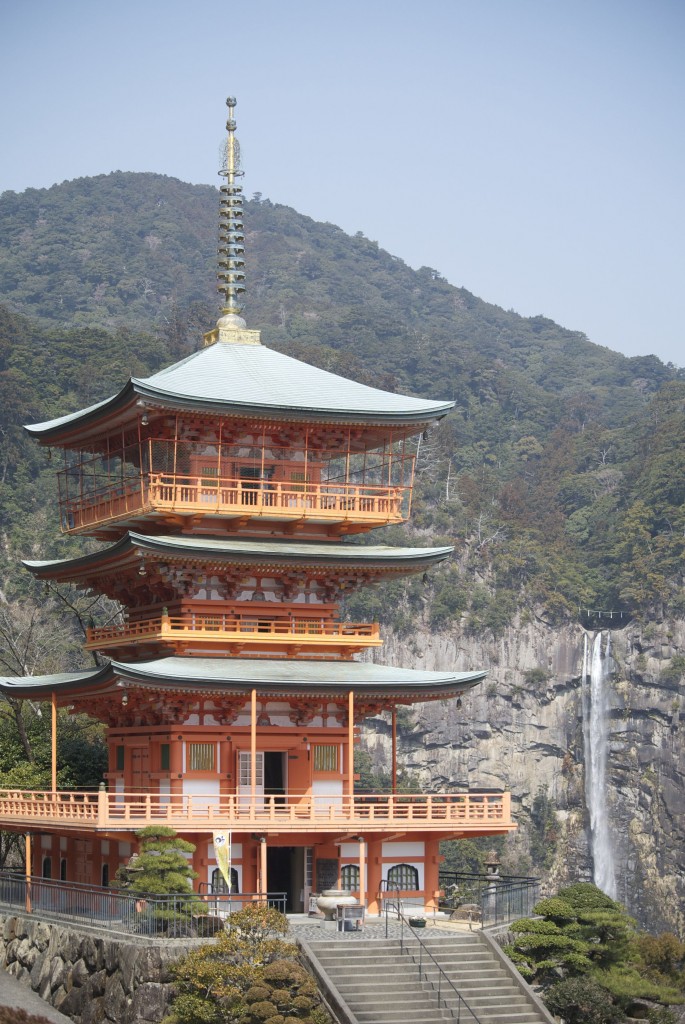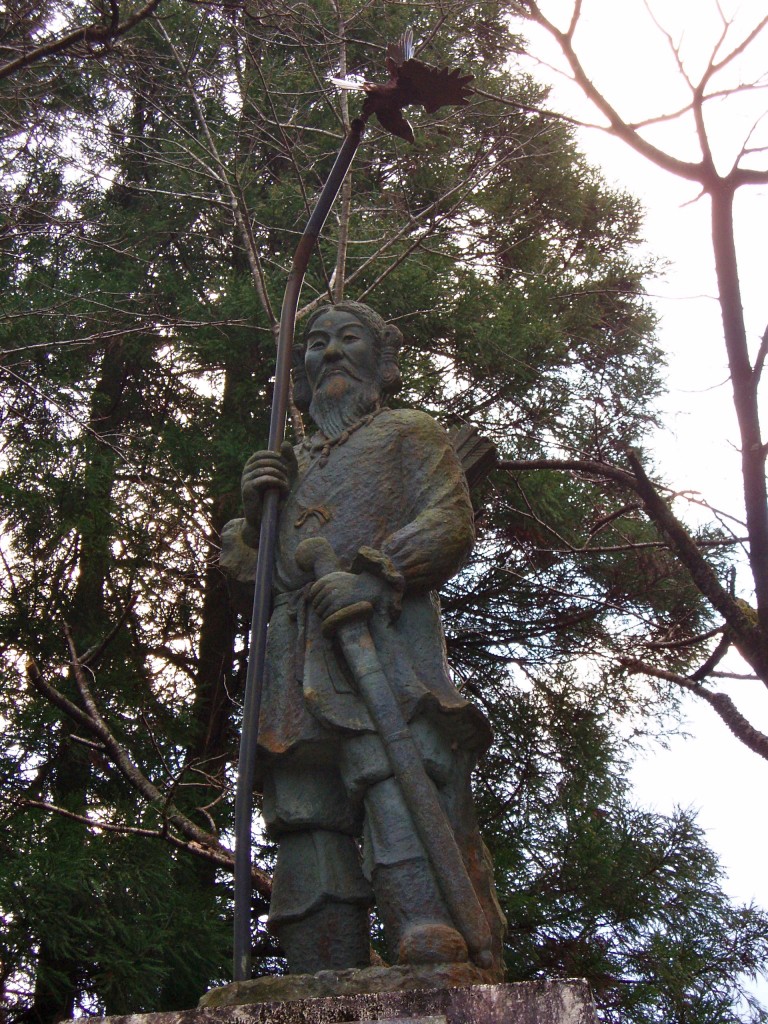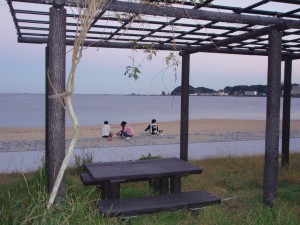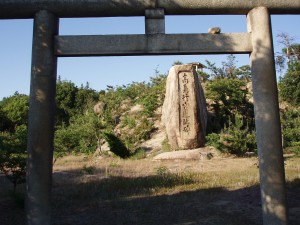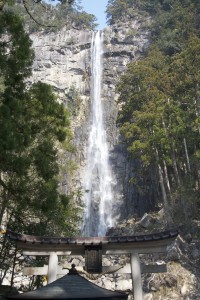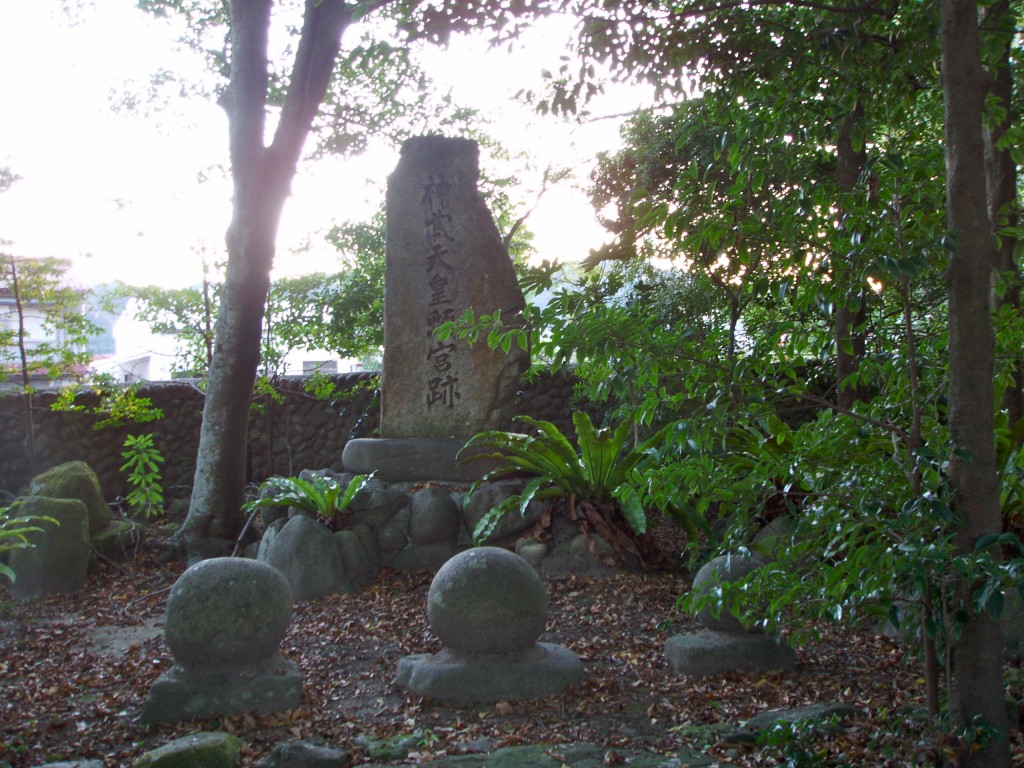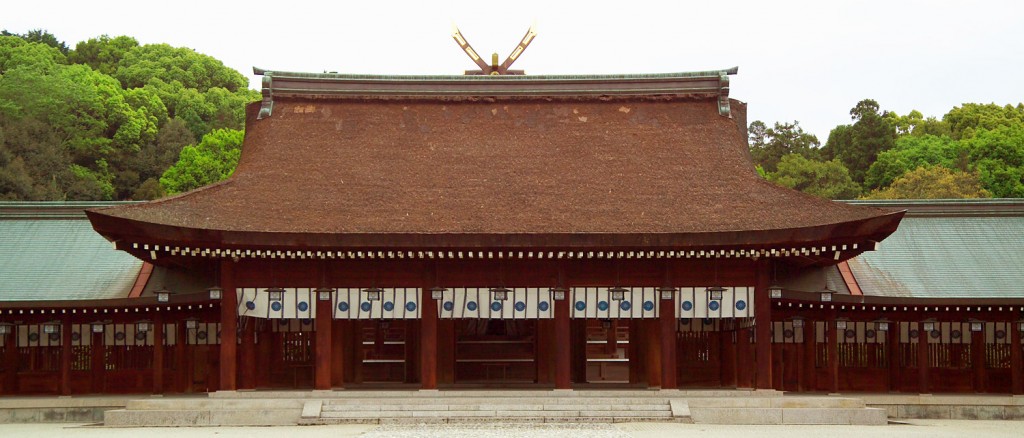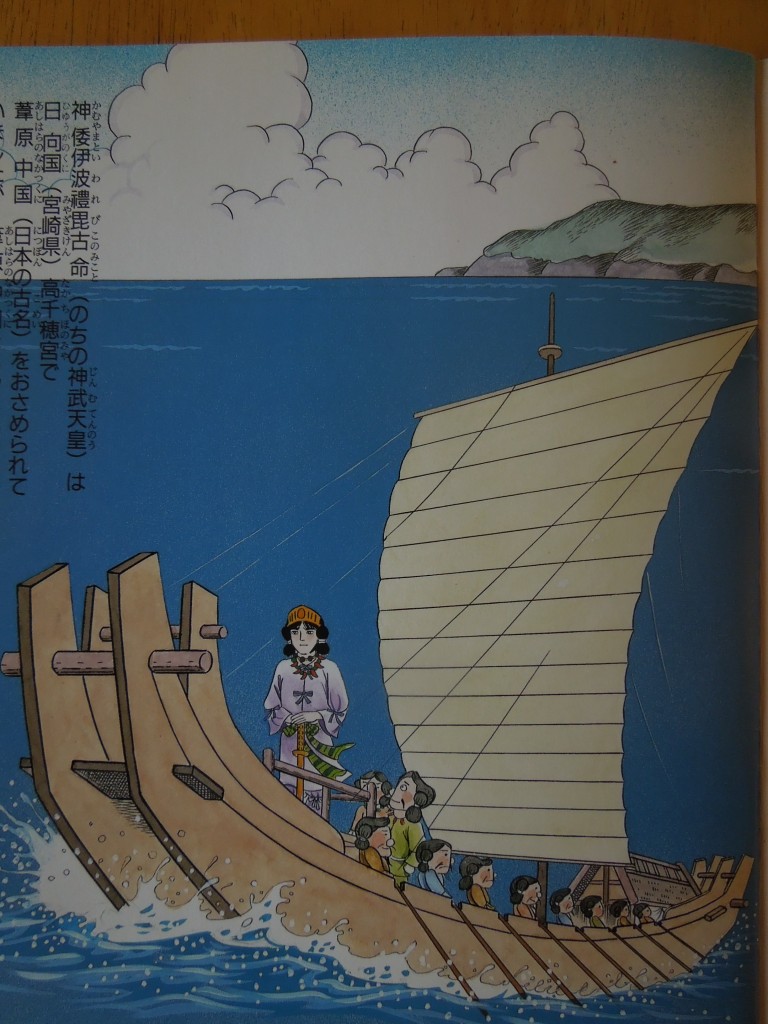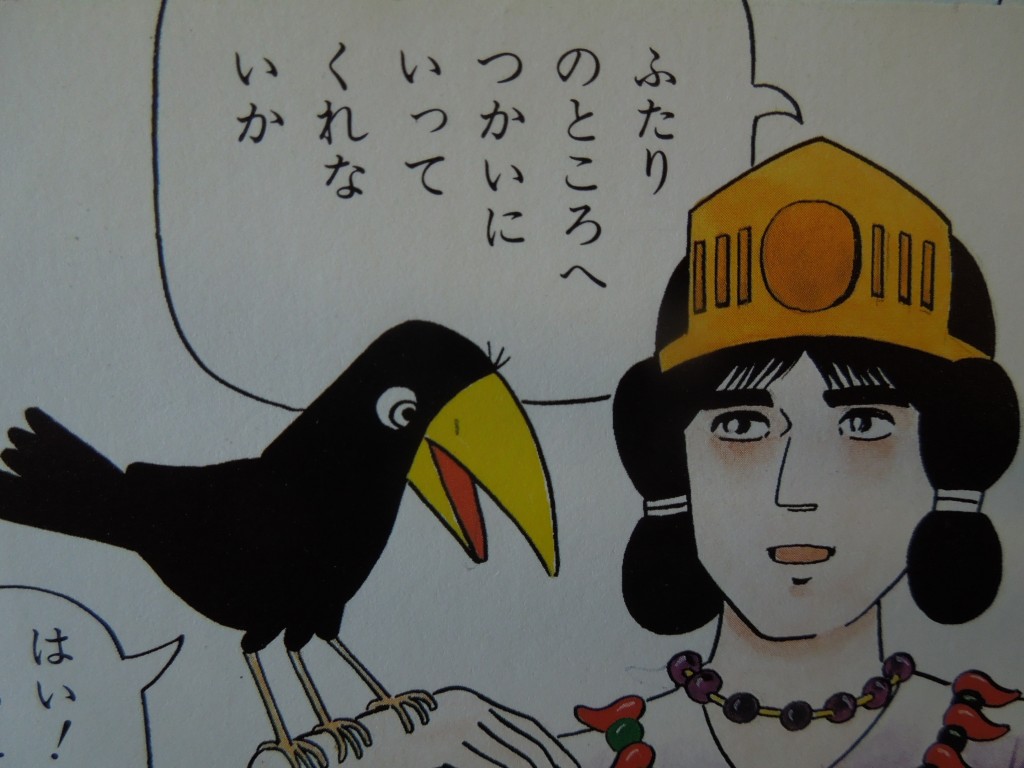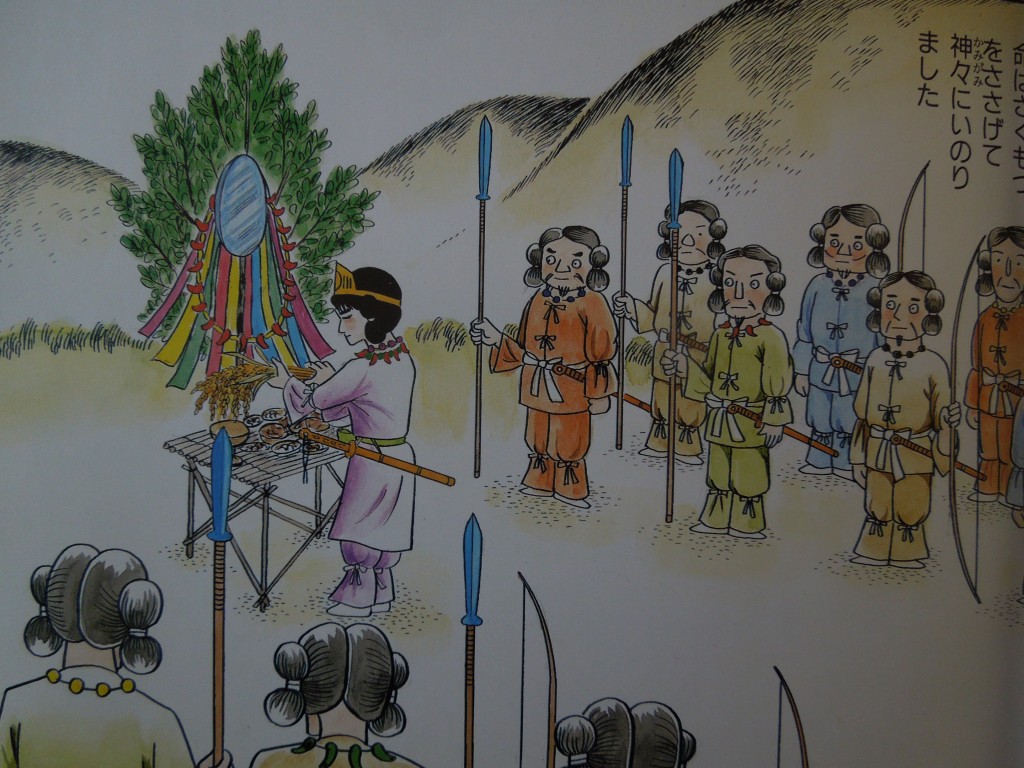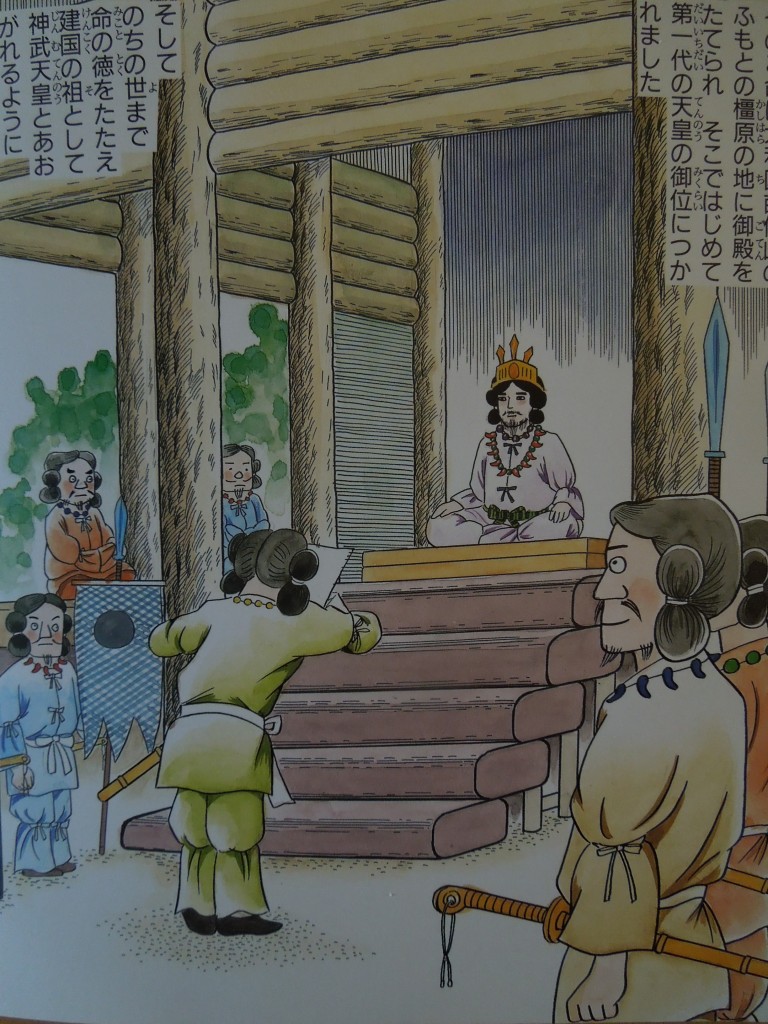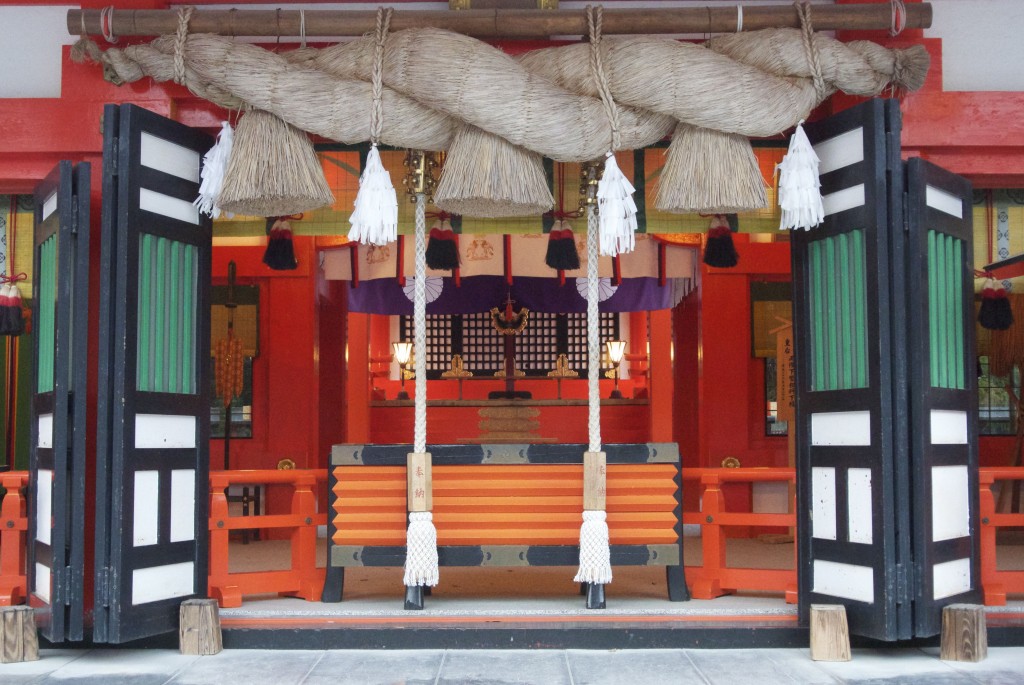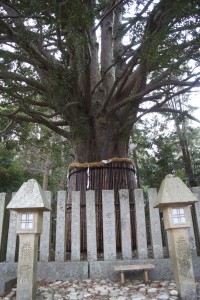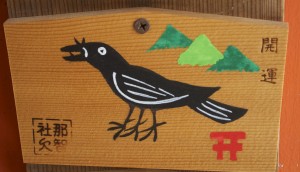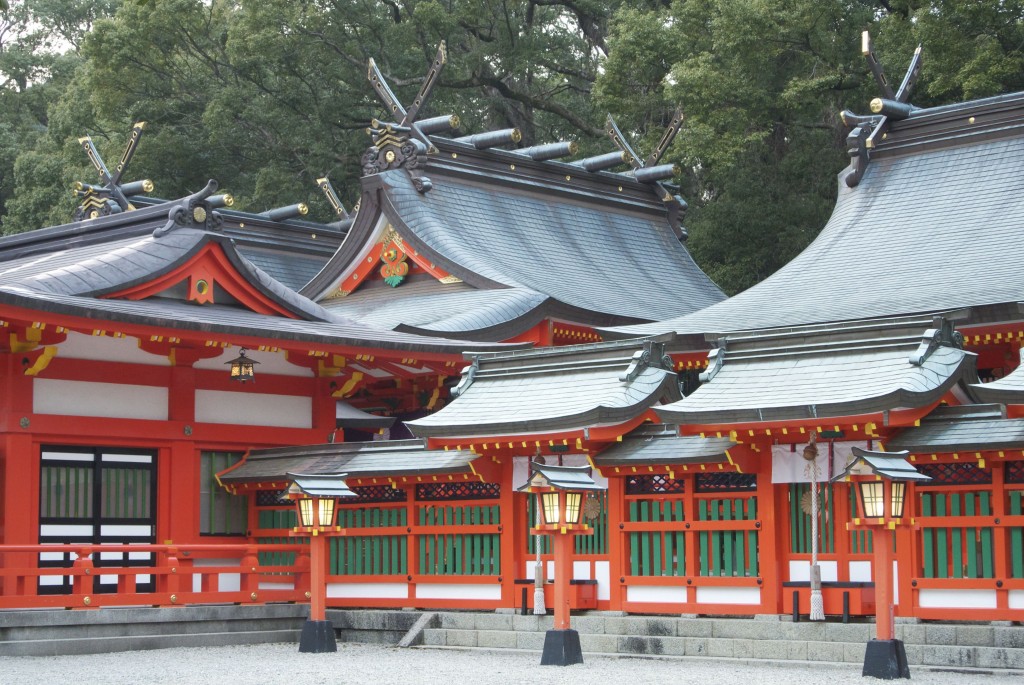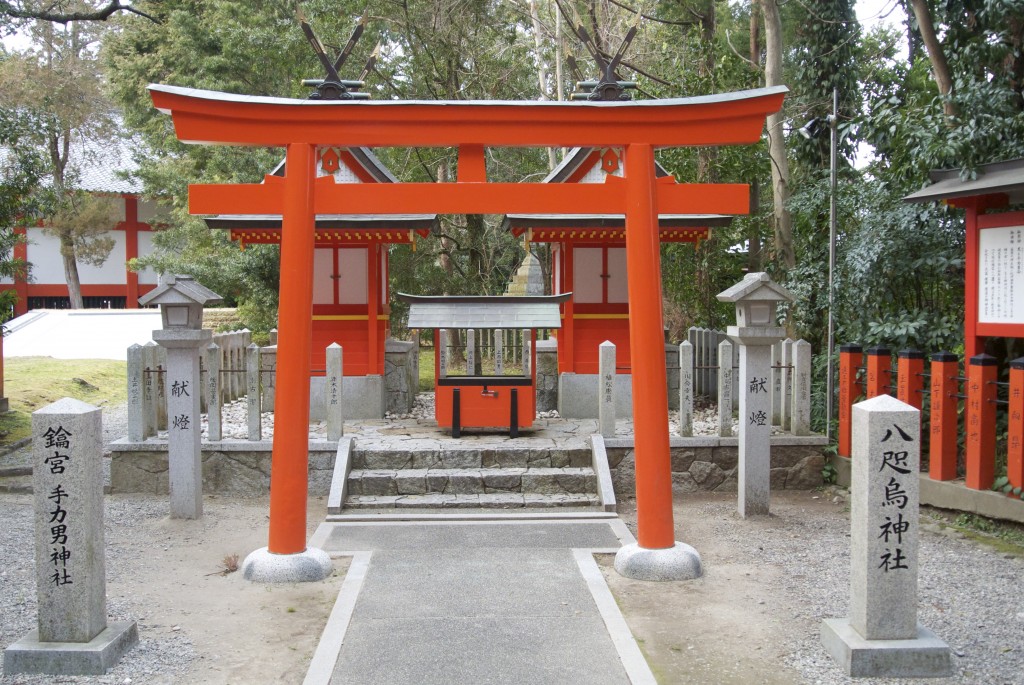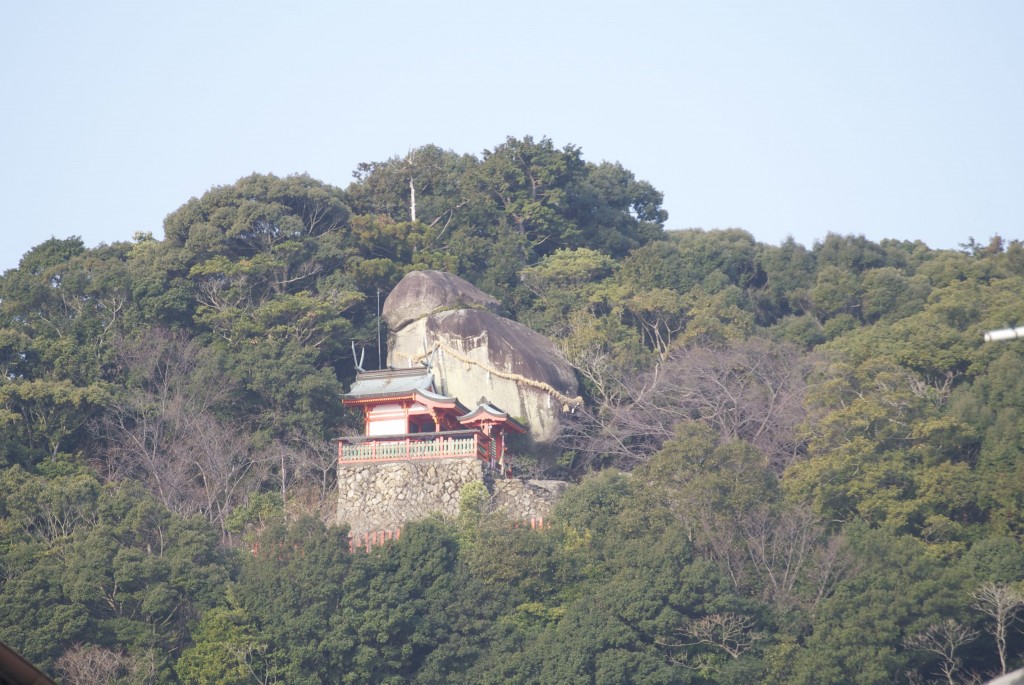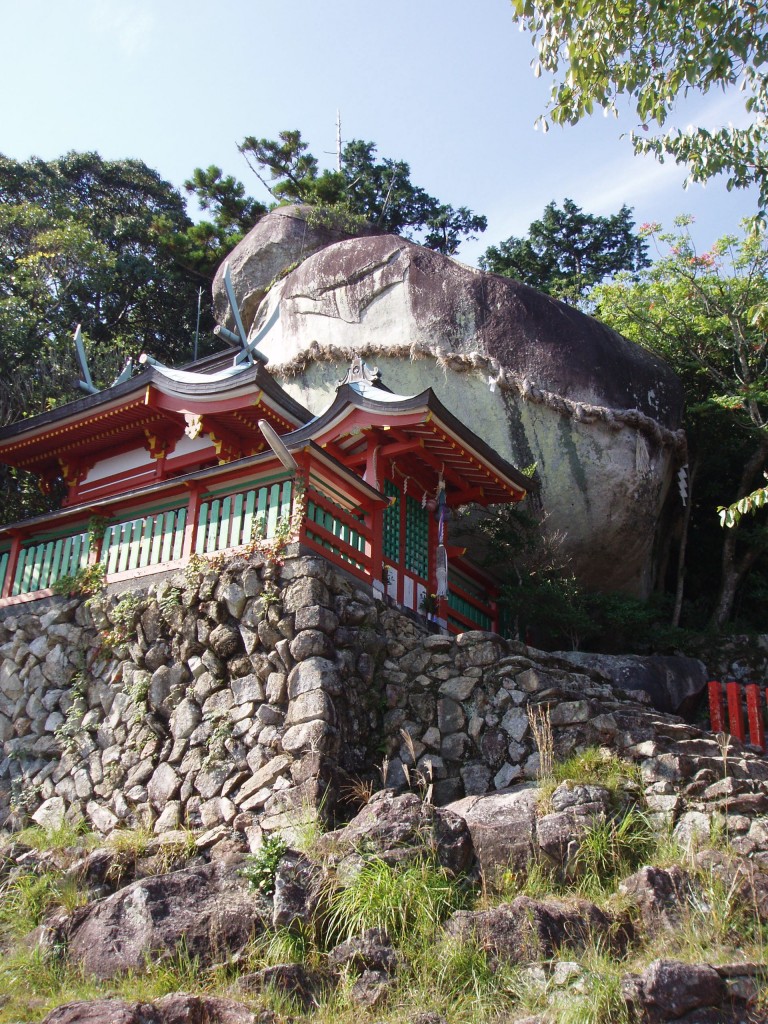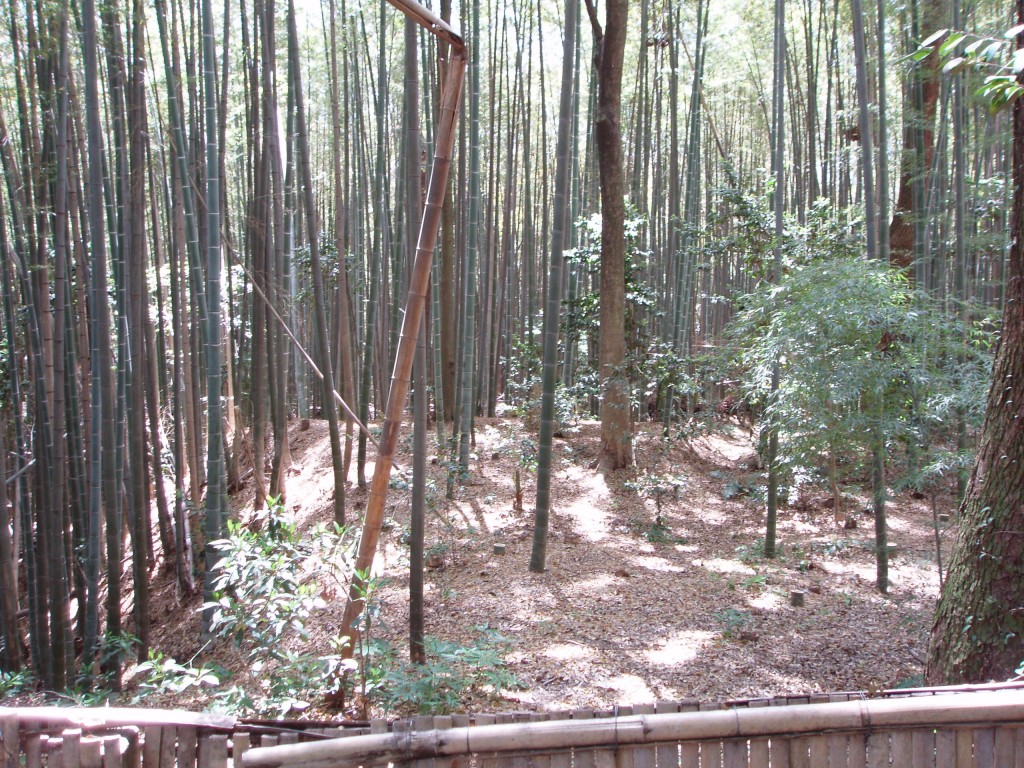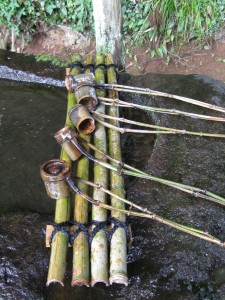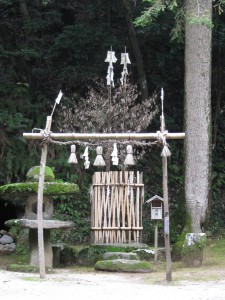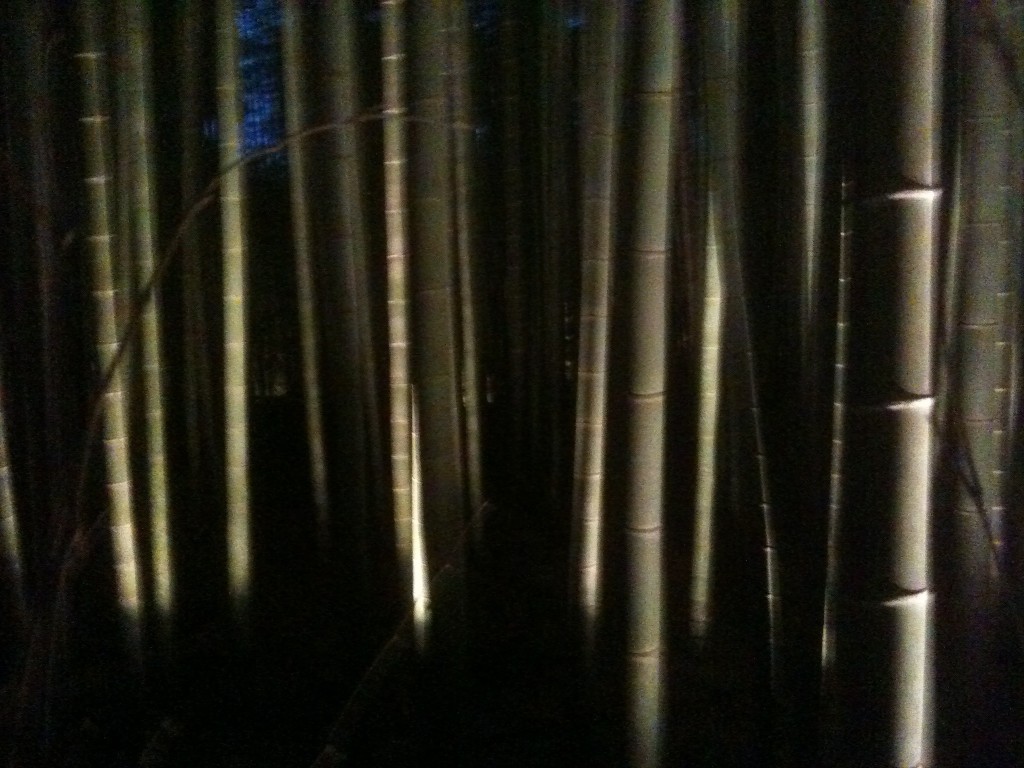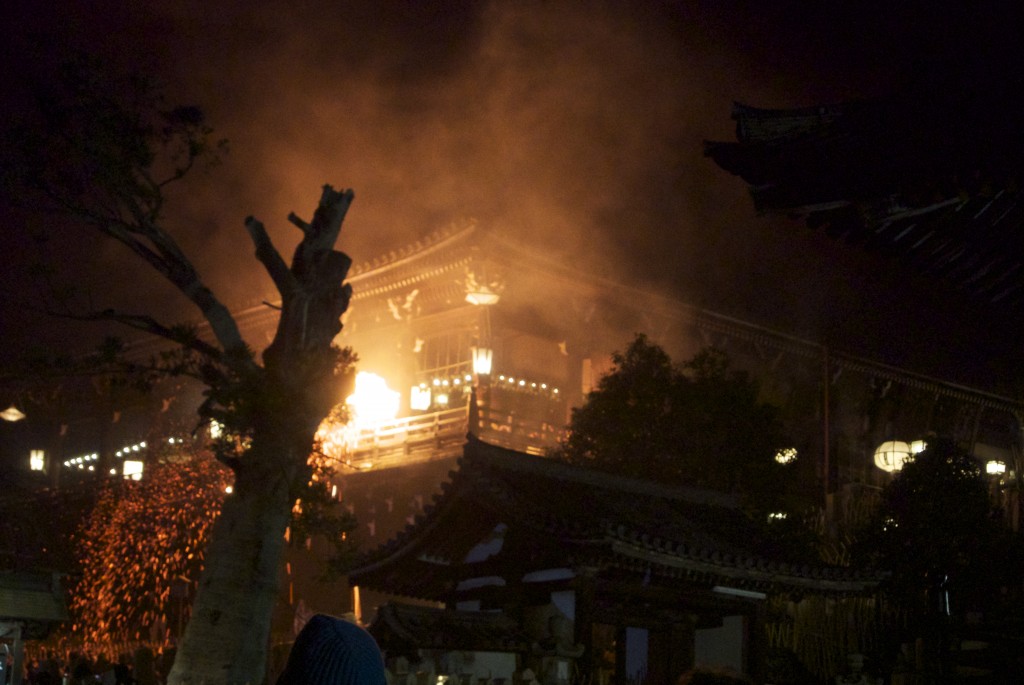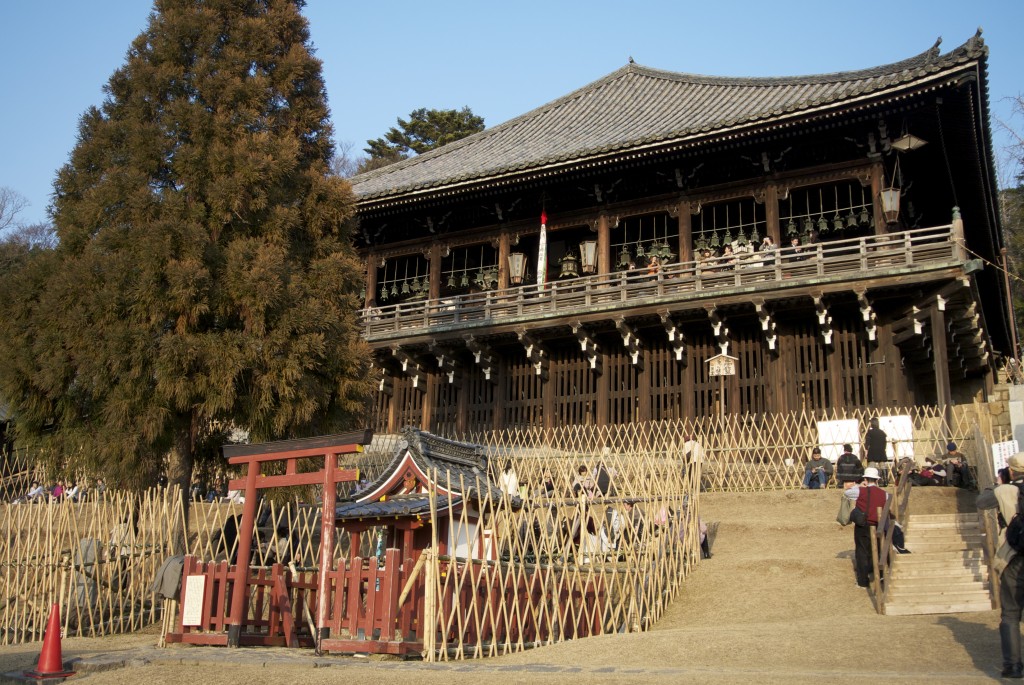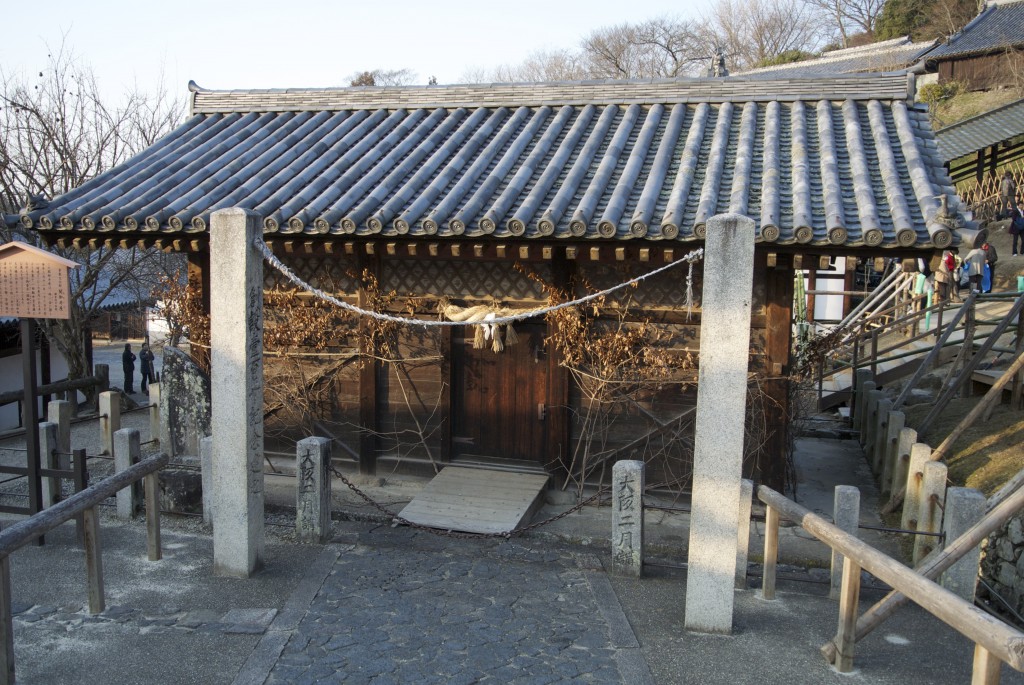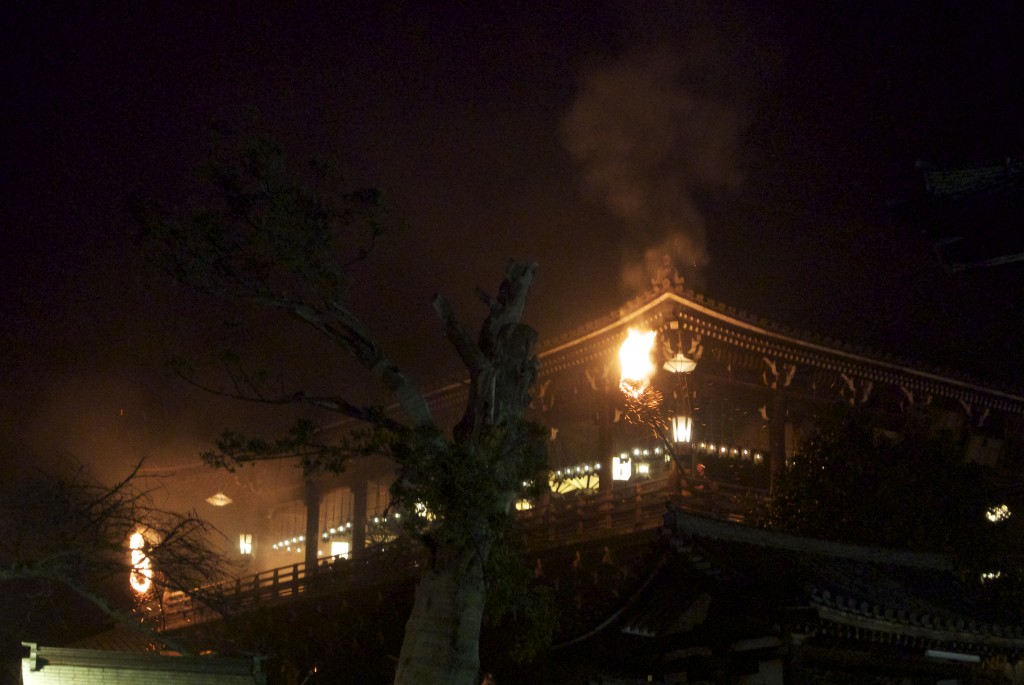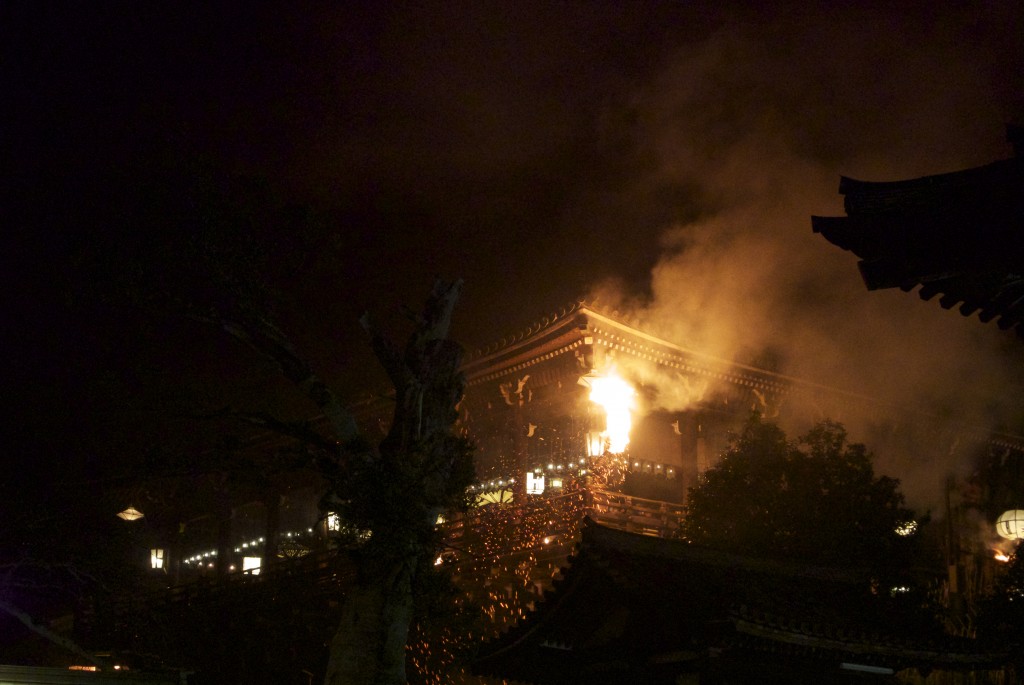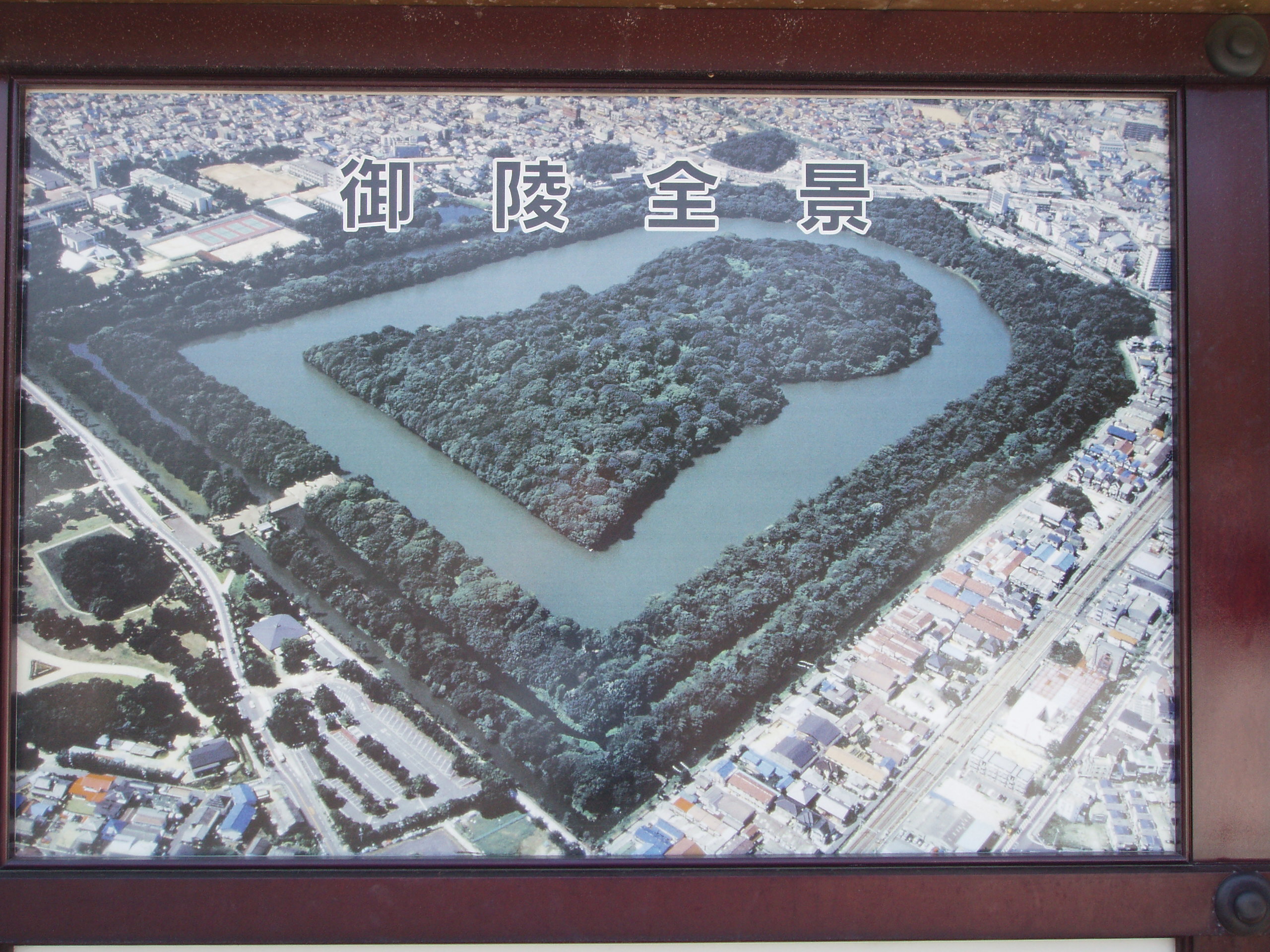
The 'Nintoku burial mound' at Sakai, Osaka, considered the third largest funeral monument in the world
(Picture above shows the so-called ‘Nintoku burial mound’ aka Daisen kofun (c.400 AD) in Sakai, Osaka, considered to be the third largest funeral monument in the world)
In the compelling Japan, An Attempt at Interpretation (1904) Lafcadio Hearn put forward the notion that Japanese culture in general, and Shinto in particular, was shaped by ancestor worship in its various forms – domestically in the form of family ancestors; locally in the form of former clan leaders; nationally in the form of imperial figures.
In the book Hearn claims that ancestor worship is the basis of religion everywhere, in that spirits living on after death developed into deities and gods. According to this theory, monuments to the dead were the first kind of temples where the notion of otherwordliness was fostered. One thinks of the monumental structures of the ancient world – like the Pyramids, Stonehenge and the huge burial mounds of Japan.
It’s of interest therefore that new research at Stonehenge has thrown up evidence of its link with the dead. As elsewhere in the world, the celebrations that took place there were apparently linked to the stars and seasonal change – at midwinter and midsummer, the veil between the living and the dead was at its thinnest. It’s no coincidence then that New Year and Obon remain the two great celebrations of the Japanese year.
********************************************************
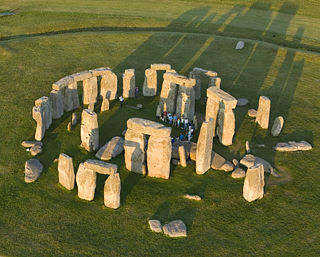
Monument to the dead? (courtesy English Heritage)
Researchers Propose New Stonehenge Theory (Sylvia Hui in the Huffington Post)
LONDON — British researchers have proposed a new theory for the origins of Stonehenge: It may have started as a giant burial ground for elite families around 3,000 B.C. New studies of cremated human remains excavated from the site suggest that about 500 years before the Stonehenge we know today was built, a larger stone circle was erected at the same site as a community graveyard, researchers said Saturday.
“These were men, women, children, so presumably family groups,” University College London professor Mike Parker Pearson, who led the team, said. “We’d thought that maybe it was a place where a dynasty of kings was buried, but this seemed to be much more of a community, a different kind of power structure.” Parker Pearson said archeologists studied the cremated bones of 63 individuals, and believed that they were buried around 3,000 B.C.
The location of many of the cremated bodies was originally marked by bluestones, he said. That earlier circular enclosure, which measured around 300 feet (91 meters) across, could have been the burial ground for about 200 more people, Parker Pearson said. The team, which included academics from more than a dozen British universities, also put forth some theories about the purpose of the second Stonehenge – the monument still standing in the countryside in southern England today. Various theories have been proposed about Stonehenge, including that it was a place for Druid worship, an observatory for astronomical studies, or a place of healing, built by early inhabitants of Britain who roamed around with their herds.
Parker Pearson said the latest study suggested that Stonehenge should be seen less a temple of worship than a kind of building project that served to unite people from across Britain. Analysis of the remains of a Neolithic settlement near the monument indicated that thousands of people traveled from as far as Scotland to the site, bringing their livestock and families for huge feasts and celebrations during the winter and summer solstices.
The team studied the teeth of pigs and cattle found at the “builders’ camp,” and deduced that the animals were mostly slaughtered around nine months or 15 months after their spring births. That meant they were likely eaten in feasts during the midwinter and midsummer, Parker Pearson said. “We don’t think (the builders) were living there all the time. We could tell that by when they were killing the pigs – they were there for the solstices,” he said.
The researchers believe that the builders converged seasonally to build Stonehenge, but not for very long – likely over a period of a decade or so. The mass monument building is thought to end around the time when the “Beaker people,” so called because of their distinctive pottery, arrived from continental Europe, Parker Pearson said.
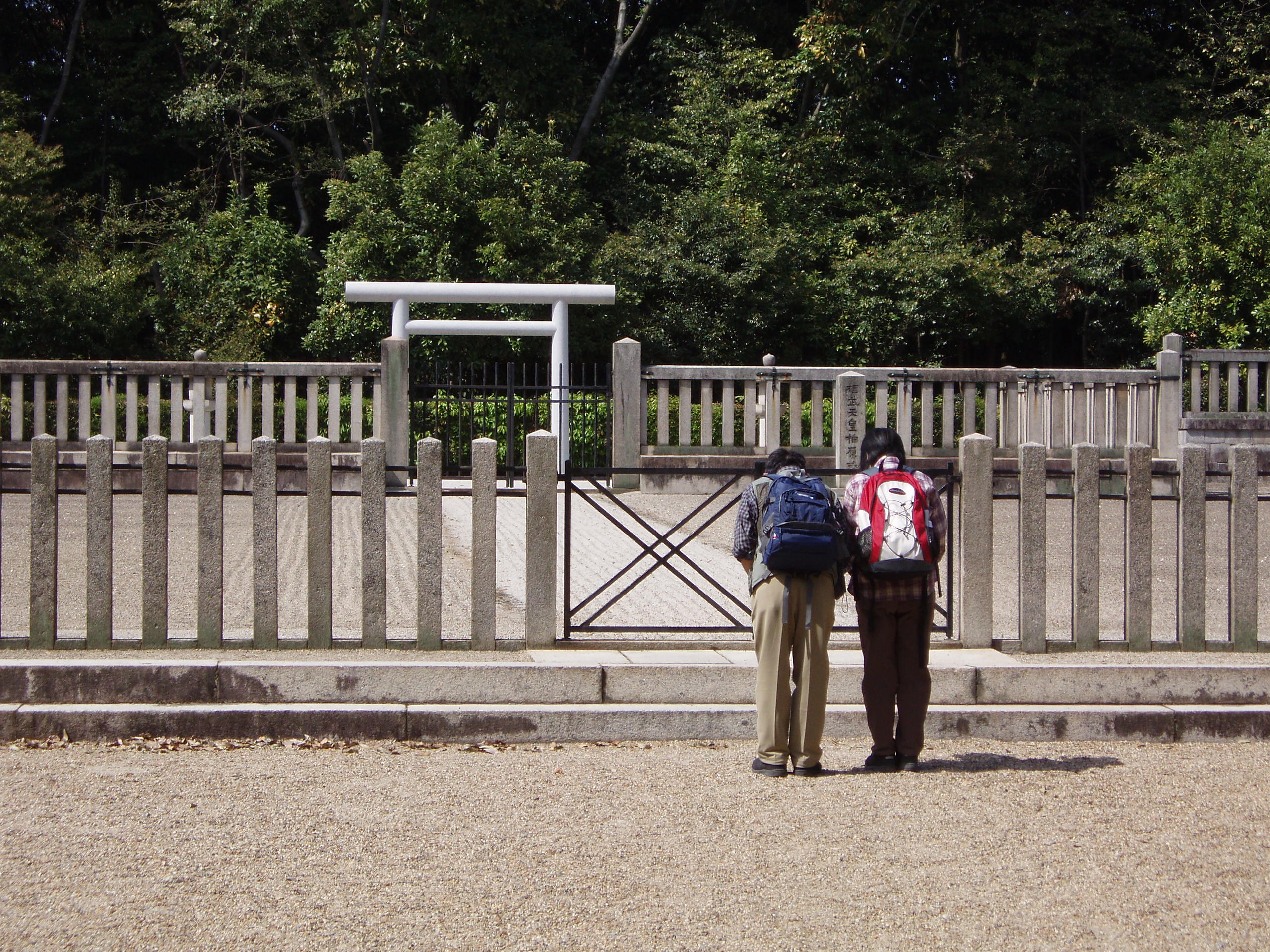
Ancestor worship at the burial mound of Kyoto's founder, Emperor Kammu
Ancestor worship at the burial mound of Kyoto’s founder, Emperor Kammu


